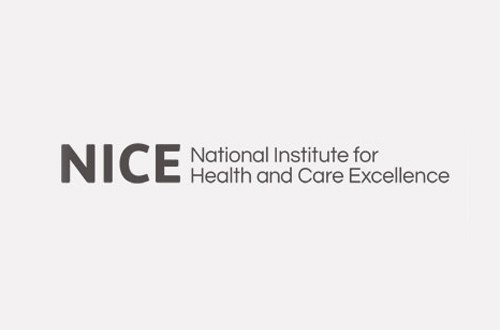
England’s drug pricing watchdog NICE is minded not to recommend a new treatment for the eye condition keratitis in certain patients, but has set up a consultation on its decision.
NICE’s preliminary recommendation has been to ask Santen Pharmaceutical for more information on Ikervis (ciclosporin) for treating severe keratitis in adults with dry eye disease which has not improved despite treatment with artificial tears.
In a statement NICE said that its independent Appraisal Committee had not been presented with evidence on the relative cost and clinical effectiveness of Ikervis compared with established clinical practice.
The Committee concluded that it needed additional evidence from the company to inform its decision-making, which should include an indirect comparison of the clinical effectiveness of the treatment plus corticosteroids (if needed) and artificial tears, and that of corticosteroids (if needed) and artificial tears.
It also wants to see an economic model comparing the cost effectiveness of Ikervis plus corticosteroids (if needed) and artificial tears, with that of corticosteroids (if needed) and artificial tears.
This comes despite the cost of the treatment being just £72 per month, according to the Institute’s figures.
Professor Carole Longson, director of the centre for health technology evaluation at NICE, said: “Severe dry eye disease can be painful and can have a significant negative effect on day-to-day life for people with the condition.
“Unfortunately, because of gaps and uncertainties in the evidence submitted by the company, NICE’s independent committee was minded not to recommend ciclosporin for this condition. The next step is for the company to submit further information requested by the Committee which will then be considered at its next meeting in August.”
Dry eye disease is chronic inflammation of the eyes caused by reduced tear production or excessive tear evaporation.
It can be triggered by a number of factors, including dry or air-conditioned environments, auto-immune diseases (such as rheumatoid arthritis, and lupus), and the adverse effects of some medications. Symptoms include irritation and redness in the eyes, blurred vision, and a sensation of grittiness or a foreign body in the eye.
There are few treatments for this disease outside of steroids. This is contrast to a similar condition known as wet eye age-related macular oedema, which has a number of blockbuster drugs on the market, including Novartis/Roche’s Lucentis (ranibizumab) and Bayer/Regeneron’s Eylea (aflibercept).




